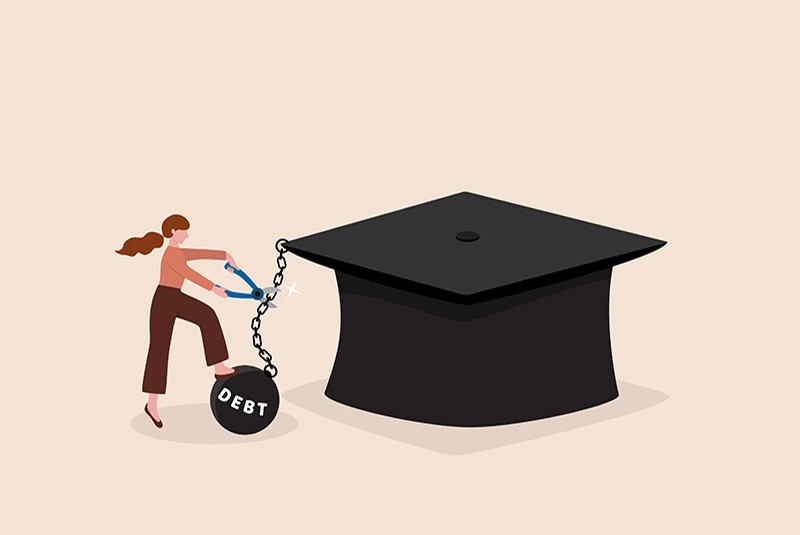The impending end of the pandemic-era break in student loan interest and payment rates brings to light a significant distinction between subsidized and unsubsidized loans.

Student (Source: Getty Image)
Stafford Loans Starting to Accumulate Interest
In an article [published by CNBC, one of the main differences between federal loans, also known as Stafford Loans, which are for the cost of higher education, is the accrual of interest. Undergraduate students who can prove they have money can apply for Direct Subsidized Loans.
They do not collect interest while the borrower is enrolled in school (at least half-time) or for the first six months following graduation. Additionally, the loans don’t accrue interest while in deferment, which is when payments are put off because of unemployment or other financial difficulties.
READ ALSO: Saving on a Valuable Education Plan Replacing the Old Revised Pay As You Earn
How Does Interest Applies on Subsidized and Unsubsidized Loans?
In these situations, the interest on subsidized loans is paid by the U.S. Department of Education. Direct Unsubsidized Loans, which are accessible to a wider range of borrowers (including graduate students) and are not based on financial need, do not offer that security. Unsubsidized loans are more expensive than subsidized loans since interest on them begins to accrue right away and borrowers are responsible for any interest accumulated throughout the loan.
Unpaid interest on unsubsidized loans may occasionally “capitalize,” which means that it is added to the principal balance of the loan and is then used to compute future interest, which results in greater future interest payments. Both subsidized and unsubsidized loans, which have various borrowing limitations, are available to borrowers.
As of March 31, around 30.3 million borrowers were having subsidized Stafford Loans, with an average debt of $9,800. According to the Education Department, 30.7 million persons hold unsubsidized loans with an average debt of $19,000.
(The word “Stafford Loan” refers to subsidized or unsubsidized Federal Stafford Loans made through the Federal Family Education Loan, or FFEL, program as well as Direct Subsidized Loans and Direct Unsubsidized Loans made under the Direct Loan Program.)
READ ALSO: Investing Is A Wise Decision, Find Out Why

















































